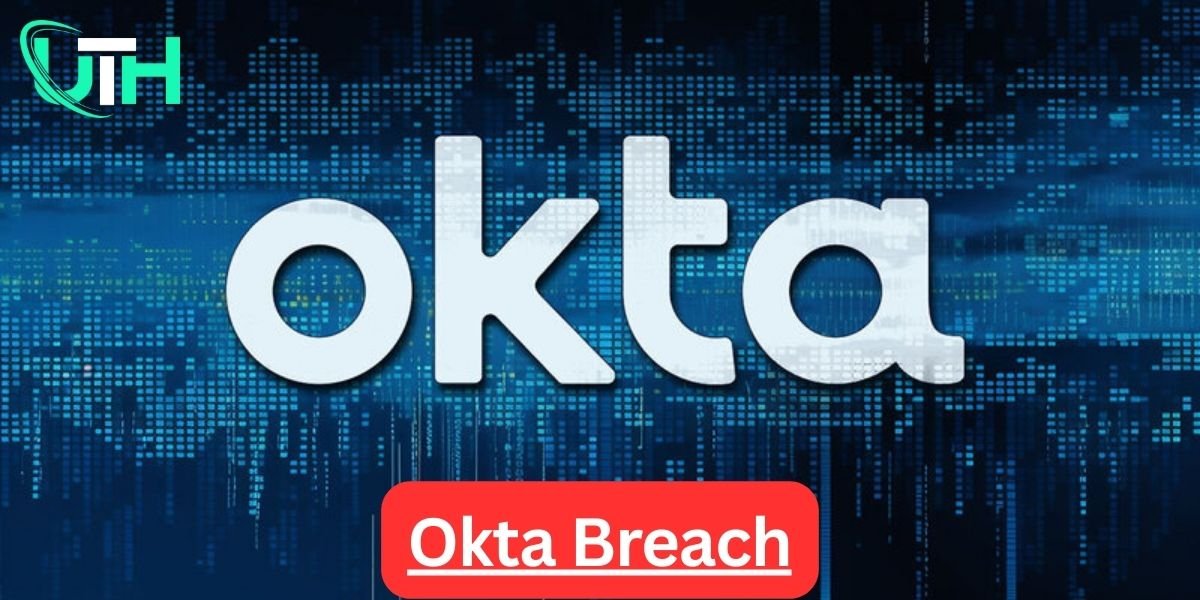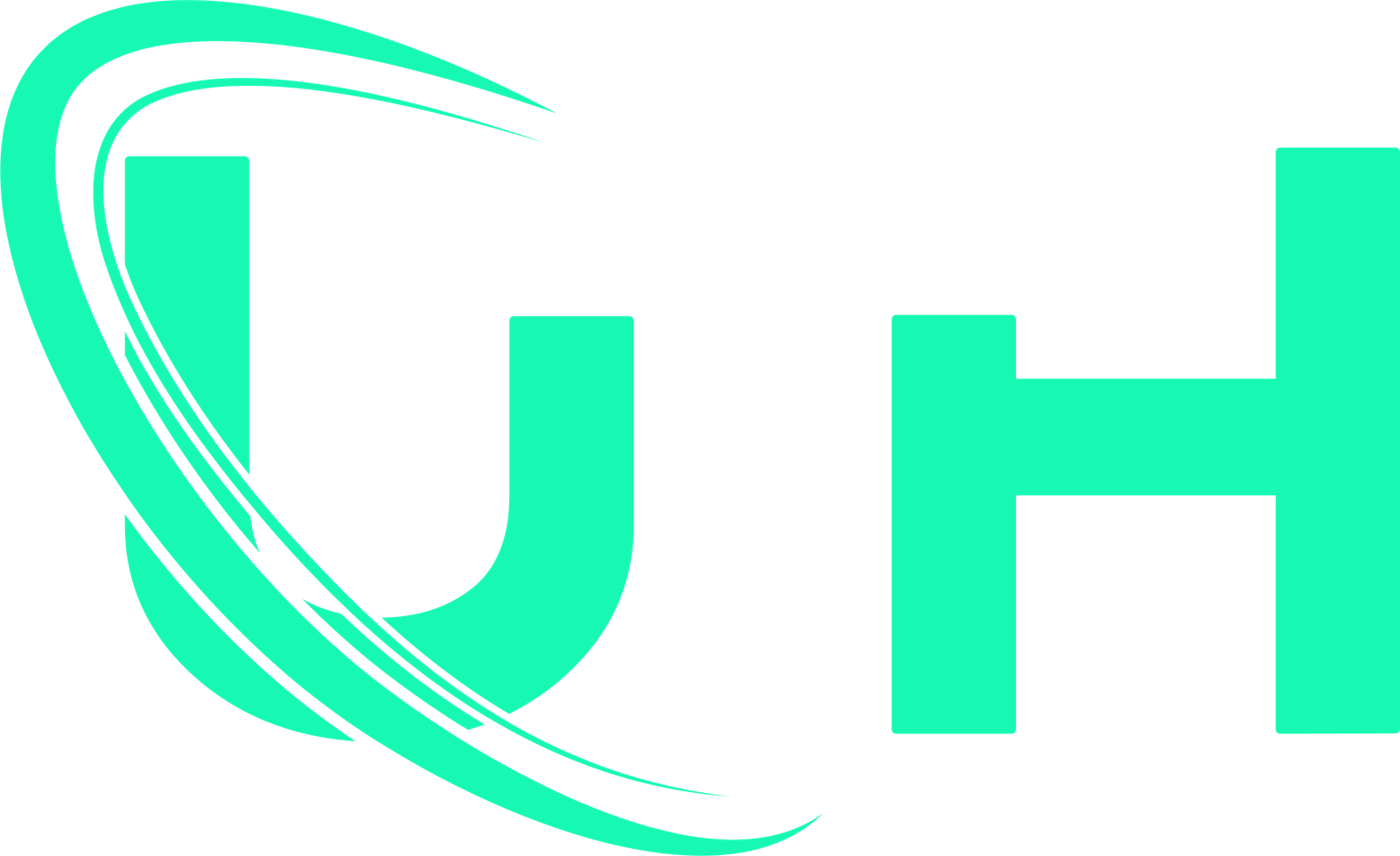Cybersecurity
Okta Breach: Impacts, Protection, and Lesson Learned

In the recent decade, Okta, a leading identity and access management (IAM) provider, faced a massive cybersecurity breach that sent shockwaves through the industry. The attackers infiltrated Okta’s customer support system, exposing sensitive data and highlighting vulnerabilities in supply chain security. This blog examines the major Okta breaches in detail, exploring their timeline, attack methods, impact, and lessons learned.
What is Okta?
Okta is a well-known identity and access management (IAM) company that delivers services to more than 18,000 clients worldwide. It offers solutions like single sign-on (SSO), multi-factor authentication (MFA), and API access management to secure digital identities. Known for its robust security measures, Okta is trusted by Fortune 500 companies including T-Mobile, Slack, and GitHub.
Must Read: T Mobile Data Breach Settlement: A Simple Overview
Major Okta Breaches
The 2022 Lapsus$ Incident
In March 2022, the Lapsus$ hacker group announced that it had breached Okta’s internal systems without authorization. This claim was later confirmed by Okta, which stated that a support engineer’s workstation was compromised. While Okta maintained that its core service was not breached and customer data remained secure, the incident did involve a limited number of customers whose data might have been viewed or acted upon by the threat actor.
Timeline
Lapsus$ initially posted screenshots suggesting internal access on March 22, 2022. Okta subsequently acknowledged the incident and provided updates over several days.
How it Happened
The attackers reportedly gained access through the compromised credentials of a third-party support engineer. This highlights the supply chain risks inherent in complex technology ecosystems.
Impact
While Okta downplayed the direct impact on customer environments, the incident raised serious concerns about the security of their internal processes and the potential for broader compromise. Approximately 366 customers (around 2.5% of Okta’s customer base at the time) were identified as potentially affected, meaning their data might have been viewed or acted upon.
2. December 2022 – Source Code Access via GitHub
Hackers accessed Okta’s private GitHub repositories, where parts of its source code were stored.
- Impact: No customer data was compromised, but the source code leak raised concerns about future exploits.
- How did this breach occur: The company did not detail the entry method but emphasized that it was limited to code repositories only.
3. October 2023 – Customer Support System Breach
In 2023, identity and access management company Okta experienced a major cybersecurity breach that raised serious concerns about support system vulnerabilities, employee security practices, and the protection of sensitive customer data. This breach not only impacted Okta’s reputation but also compromised data from multiple high-profile organizations relying on its services for secure authentication.
Timeline
The breach began in late September 2023 when attackers accessed Okta’s support system via malware on an employee’s work laptop. Unusual activity was detected on October 13, and the breach was publicly disclosed on October 19. By December, Okta confirmed that data from 134 customers had been accessed.
How it happened
The breach occurred due to a combination of human error and weak internal security practices. An Okta employee used their work device to log into a personal Gmail account where credentials were saved in Chrome. This allowed malware to harvest Okta login data, which was then used to infiltrate the customer support system. Attackers exploited HAR files, which often contain authentication tokens, to mimic valid user sessions without needing usernames or passwords.
Impact
The Okta breach of 2023 had a significant impact on both the company and its customers. A total of 134 organizations were affected, including major firms like Cloudflare and 1Password. Attackers accessed sensitive HAR files containing session tokens and cookies, which could be used to hijack user sessions and gain unauthorized access to systems. Additionally, a report containing the names and email addresses of all users who had interacted with Okta support was downloaded. The breach exposed serious weaknesses in Okta’s internal security practices, especially around session management and employee device usage. It also led to reputational damage, customer distrust, and increased scrutiny over how security companies manage their infrastructure.
Enhancing the Security: Preventing Strategies against Okta Breach
Preventing and mitigating the impact of potential Okta breaches requires a multi-layered approach involving both Okta and its customers:
Okta’s Role in Platform Security
- Okta employs a robust security architecture with multiple layers of defense, including encryption, access controls, and threat detection systems.
- They conduct regular security audits and penetration testing by both internal teams and independent third-party firms to identify and address potential vulnerabilities.
- Okta invests in proactive threat intelligence and monitoring to detect and respond to suspicious activity in real time.
- Secure development practices are integral to their software development lifecycle to minimize the introduction of security flaws.
- Clear communication about security incidents and advisories plays a vital role in earning and preserving customer trust.
Customer Responsibilities to Ensure Security
- Implement Strong Multi-Factor Authentication (MFA) for All Users: This adds an extra layer of security beyond passwords, making it significantly harder for attackers to gain unauthorized access even if they compromise credentials. For instance, asking users to enter a one-time code from a mobile app along with their password.
- Adhere to the Principle of Least Advantages: Provide users with only the essential access required to carry out their job responsibilities. This helps reduce the risk and impact in case an account gets breached. For instance, a marketing team member should not have administrative access to the company’s financial system.
- Conduct Regular Security Audits of Okta Configurations: Regularly review user roles, access policies, application integrations, and security settings within the Okta admin console to ensure they align with security best practices and organizational needs.
- Provide Comprehensive Employee Training on Security Awareness: Educate employees about phishing attacks, social engineering tactics, and the importance of strong passwords and secure practices. Regular training sessions and simulated phishing exercises can significantly reduce the risk of human error.
- Implement Network Segmentation and Security Controls: Segmenting the network and implementing robust firewall rules can limit the lateral movement of attackers if they manage to gain initial access.
- Develop and Maintain a Comprehensive Incident Response Plan: Having a well-defined plan in place outlines the steps to take in the event of a suspected or confirmed security incident, enabling a swift and effective response. This plan should include communication protocols, roles and responsibilities, and steps for containment, eradication, and recovery.
- Implement Robust Monitoring and Logging: Actively monitor Okta activity logs for any suspicious behavior or anomalies that could indicate a potential compromise. Security Information and Event Management (SIEM) systems can be valuable tools for this purpose.
- Stay Informed About Okta’s Security Advisories and Best Practices: Regularly review Okta’s official documentation, security bulletins, and recommendations to stay up-to-date on the latest security guidance.
Lessons Learned from the Okta Breach
The Okta breach offers several key lessons for businesses of all sizes:
- The Importance of Stronger Authentication Practices: Multi-factor authentication (MFA) is one of the most effective ways to secure online accounts. The Okta breach revealed how attackers could bypass initial security measures, so adopting MFA can significantly reduce the likelihood of unauthorized access.
- Managing Third-Party Risks: The breach was caused by a contractor’s compromised credentials, highlighting the need for organizations to have stringent access control protocols for third-party contractors. Businesses must evaluate and monitor the security practices of contractors and partners to prevent similar data breaches.
- Continuous Monitoring: Regular monitoring of internal systems and user activity can help organizations quickly detect any unauthorized access. Okta’s proactive approach to revoking compromised credentials and investigating the breach was a critical step in minimizing damage.
- Incident Response Planning: The breach highlighted the critical need for a clear and effective incident response plan. Okta’s quick action to contain the breach and notify its clients demonstrated how a coordinated response can limit the impact of a security incident.
The Legal and Regulatory Aspects
As a global leader in identity management, Okta is subject to various data protection regulations, including the General Data Protection Regulation (GDPR) and the California Consumer Privacy Act (CCPA). In the wake of the breach, Okta was required to comply with these regulations, which may lead to hefty fines or legal challenges.
Clients who were affected by the breach may also pursue lawsuits against Okta, depending on the specifics of the data exposed and whether Okta had adequately protected it. This legal fallout further emphasizes the need for businesses to secure their data and third-party access thoroughly.
The Future of Okta and Cybersecurity
Although the Okta breach was a significant setback, the company’s swift response and commitment to strengthening its security protocols have helped restore some trust. However, the breach serves as a reminder that no company is immune to cyberattacks.
Moving forward, the cybersecurity industry will likely see increased adoption of advanced technologies like zero-trust security and AI-driven threat detection. These technologies could play a crucial role in preventing similar breaches in the future.
Conclusion
The Okta breach was a wake-up call for businesses that rely on third-party contractors for sensitive security services. It highlighted the need for stronger security practices, especially around authentication, contractor access, and incident response. By learning from this breach, organizations can better protect themselves from identity-based attacks and improve their overall cybersecurity posture.
-

 Phishing attack8 months ago
Phishing attack8 months agoWhat is Spear Phishing and How You Can Identify This Scam?
-

 Social engineering attack10 months ago
Social engineering attack10 months agoBaiting Attacks Explained: A Closer Look at Cyber Threat Tactics
-

 Social engineering attack8 months ago
Social engineering attack8 months agoWhat are Social Engineering Attacks – A Complete Guide to Cyberattacks Prevention
-

 Social engineering attack9 months ago
Social engineering attack9 months agoSpear Phishing Attack: A Targeted Cyber Threat
-

 Social engineering attack10 months ago
Social engineering attack10 months agoWhat is spear phishing attack? A detailed guide
-

 Phishing attack4 months ago
Phishing attack4 months agoWhy is Phishing Still a Major Cyber Threat? Everything You Need to Know
-

 Social engineering attack10 months ago
Social engineering attack10 months agoWhat is spear phishing in cyber security?
-

 Social engineering attack9 months ago
Social engineering attack9 months agoSpear phishing vs phishing: Understand the Risks




















